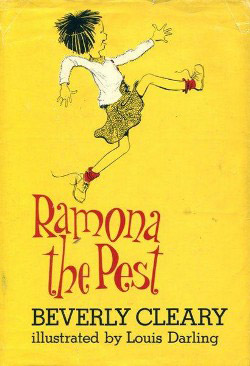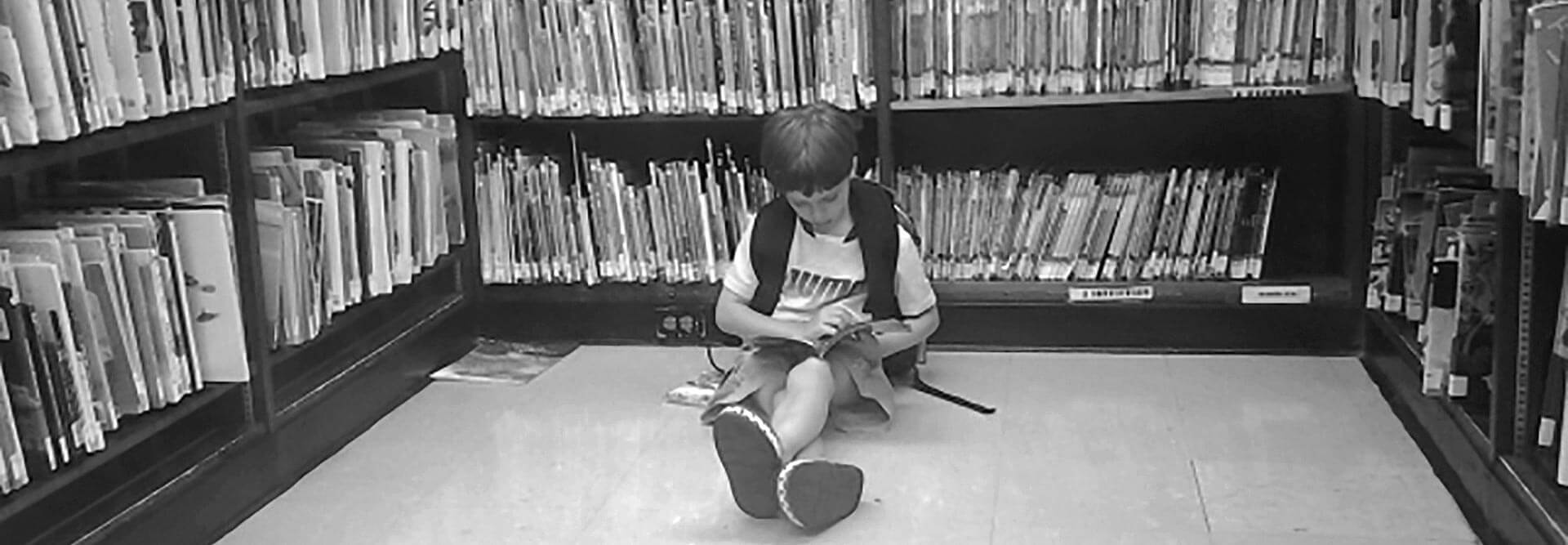
My son is reading a book. He picked it up off the bookshelf yesterday and just started reading, and now he’s on chapter 5. It’s Ramona the Pest, a favourite from my own childhood.
It’s the first time he’s read a fictional book himself. I have read him many books, all of the Harry Potter series and Goodnight Mr Tom. He’s listened to audio books, read magazines and games, walkthroughs and instruction manuals. But never a fiction book.
For we didn’t teach him to read and he didn’t start to read until he was eight. The first time I noticed that he was starting to read was the day when, watching out the car window, he asked me if the word on the sign said ‘Zombie’. It didn’t, it said ‘Zone’.
The irony of his choice of book is not lost on me. Ramona the Pest is the story of five-year-old Ramona starting school. The book is from Ramona’s perspective, beginning with her first day as she sets off full of excitement, ready to join the grown-up world. She is immediately confused by her teacher’s request to ‘Sit here for the present’ and refuses to leave her seat all day, waiting for the gift which she thinks she has been promised. She can’t resist pulling the ‘boing’ curls of another girl and is benched in disgrace whilst the other children play. The shame Ramona feels as she sits, observed by other children who know that she has transgressed, is palpable. She is frustrated by the slow pace of learning, and longs to be special and loved by her teacher.
Her desire to be different creates an ongoing dramatic tension between Ramona, creative, energetic and unconventional, and her school, which rewards thinking in the box. Ramona’s big sister, Beezus, represents conformity and success, whereas Ramona can never get it quite right. Ramona is desperate to shine and be seen, but her school doesn’t value the things which make her special.
Ramona’s story is in sharp contrast to most of the ‘starting school’ genre, perhaps because it is not a picture book and isn’t aimed at the three and four year olds who haven’t yet started school. To remind you, these books have a standard pattern which goes something like this. Little Tyrese (or Petronella Pixie, or Squiffy the Snail) is worried about starting school. But soon they meet lots of lovely new friends, have a wonderful teacher, start learning exciting things and they stop worrying and live happily ever after.
Ramona the Pest isn’t like that. It’s a book for children who know what school is like, who can no longer be seduced by stories of friends and excitement. To my son, who has never been to school, Ramona is a book about a foreign land, a strange culture, where things like sitting still in rows at desks, waiting for everyone else to finish, learning things you already know, public shaming or raising one’s hand to speak are the norm. It’s a book about how school really can be, and how reality rarely lives up to the promise. In order to conform to school requirements, Ramona has to squash some of herself.
Of course, for us, living in France and from the UK, Ramona literally is about a foreign land. Ramona is American and she (and her creator, Beverly Cleary) lives in Portland, Oregon. Yet as an English child I didn’t notice that, because the school she attends is so familiar. We too had pegs with animal pictures beside them, a concrete playground, and a young female teacher. We too were divided into classes of children of the same age, and taught a carefully graded curriculum, year by year. For me too, the pace was frustratingly slow and I became bored before I was six. Ramona’s struggles with school resonated because they were so much like mine. The culture of school is the same, it seems, for children many thousands of miles apart.
For my son, none of that applies. For him, school culture is foreign, whether it’s the primary school down the road or across the Atlantic. Seen through this lens, it’s a particularly confusing culture, just as it was for Ramona.
There’s something particularly weird about this. School culture has remained remarkably constant over time, and has been spread over the world with evangelical zeal. I’ve attended schools in four countries, and visited schools all over the world, including in India, South Africa and Guatemala. They were all immediately recognisable, and not just because of the quantity of children. A Victorian teacher faced with a modern classroom would know immediately where they should stand. Educational colonialism continues, even whilst it is declared that education will solve the world’s problems and set us free. For only one, very narrow, form of education is acceptable. Schooling.
For those of us who went to school, this just seems normal. Of course school is the best way to educate children, we think, and of course it involves the children sitting and listening (and memorising and being tested) whilst an adult talks. Our schooled minds can’t conceive of how things could be different.
Education didn’t always mean school. In different cultures and in different times, children have learnt through a range of methods, including observation, participation alongside adults, self-directed discovery, story-telling, songs and play. Some children still do learn like this, anthropologist Barbara Rogoff has observed Mayan children learning to function as adults in their culture without school. Once, if we had travelled the world, the education we saw would have been very different, depending on where we were.
Now though, we look for schools and don’t see the rest. If children aren’t schooled, for most people they aren’t being educated, end of story. Few of us see school as the strange phenomenon it is, because it’s our cultural norm. School did its work on us and we can’t imagine an alternative.
It takes an unusual child to show us how arbitrary the conventions of school are. A child like Ramona, who continues to see the world in a different way. Or like my son, for whom learning without schooling is just common sense. If we listen to them, perhaps we can start to rediscover the rich diversity of education which we have given up to school, and which most of us don’t even realise has gone.
If you enjoyed this article and feel called to give back to ASDE, here are ways you can support our work:
- Donate money
- Share our content with others! Click one of the buttons above to easily share on Twitter, Facebook, or email.
- Consider becoming a Contributor for Tipping Points






